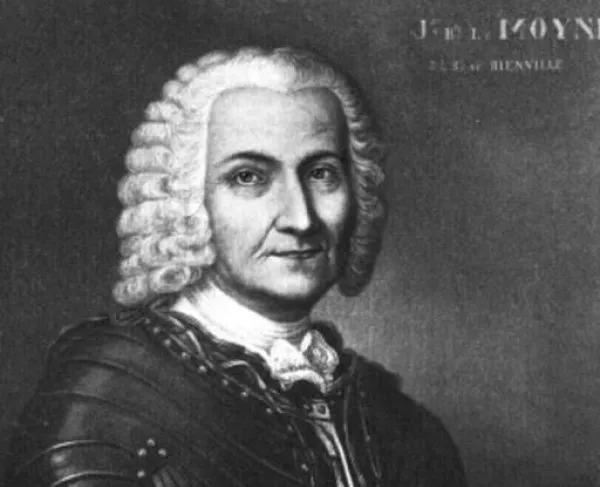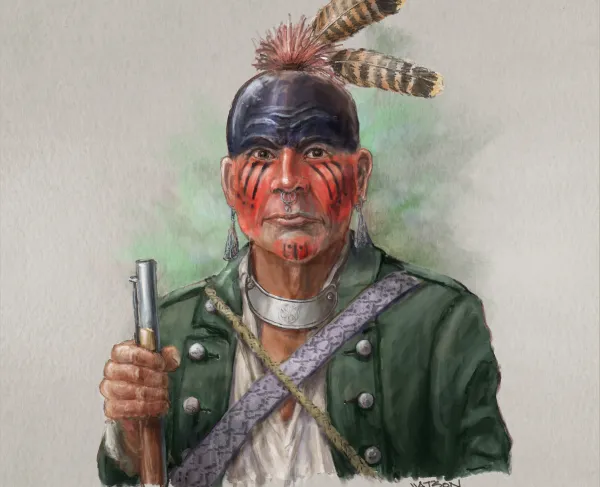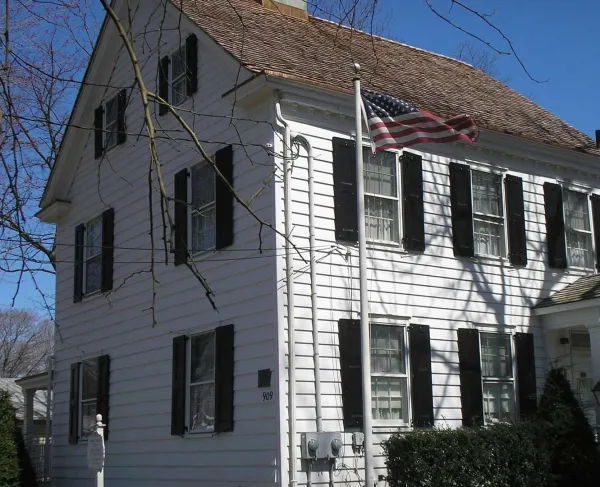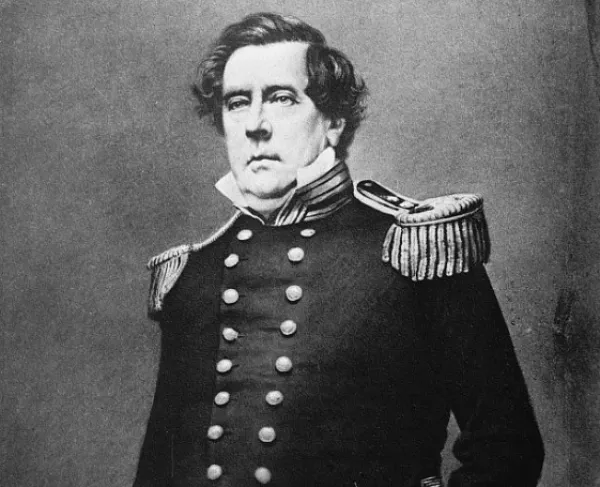Jean-Baptiste Le Moyne de Bienville

Jean-Baptiste Le Moyne de Bienville was an explorer, colonial administrator, and Lieutenant in the French Navy during the Nine Years' War and the Chickasaw Wars. He was known as the “Father” of Louisiana and the French settlement of New Orleans. He was known for his close relationship with his older brother Pierre Le Moyne d'Iberville, a famous explorer. Bienville was born on February 23, 1680, in the settlement of Ville-Marine alongside fourteen siblings in modern-day Montreal, Canada. Born and baptized into a predominant colonial family, his father, Charles le Moyne de Longueuil et de Châteauguay, was a French officer and successful merchant in Canada. As a young boy, Bienville received his education from the Sulpician Seminary in Montreal. In 1692, following his father's and older brother's death, Bienville assumed titles and joined the French Navy at the age of twelve. As a midshipman, he began his service under the command of his older brother Pierre Le Moyne d'Iberville. While in the French Navy, the brothers campaigned against English fishermen near Newfoundland during King Williams War. In 1697, Bienville fought alongside his brother in the polar regions of Hudson Bay. As the brothers sailed, they met three British ships along the Canadian coastline. Although Bienville was wounded, they were successful in combat against the British fleet but desperately needed provisions for the crew. The closest access to provisions was at Fort Bourbon, which laid under an English flag. Bienville, alongside his crewmates, marched and captured Fort Bourbon, raising a French flag over the temporary territory. After supplying the crew, the brothers sailed to France, where they received orders from the king to set up a colony in the Mississippi delta.
In 1698, at eighteen, Bienville and his brother set sail from France to Louisiana. Arriving in 1699, Iberville set up a permanent French settlement with Bienville's aid. Fort Maurepas was established in the Mississippi Valley to protect the new colony (present-day Ocean Springs, Mississippi). The Brothers continued to explore the lower Mississippi River valley and make connections with the local Native American tribes. Iberville placed him second in command while he temporarily returned to France. Excelling in a leadership position, he learned the language and traded with the Choctaw, Bayogoula, and Houma tribes. In addition to diplomatic relationships, he continued to explore the Mississippi waterways and identified the mouth of the Mississippi River, the Red River, and the location of Mobile Bay. In 1702, as Iberville left for a final time, Bienville was officially made governor of Louisiana. During his first term as governor, the capital of French colonial Louisiana was selected in present-day Mobile, Alabama.
Bienville began overseeing the construction of Fort Louis, also known as Fort Louis de la Louisiana, named after French King Louis XIV. The French population grew to over a thousand with the arrival of women and families to the fort. Unfortunately, the fort would flood, and within a couple of years, the population would fall to just under two hundred due to disease. The French royal court was dissatisfied with Bienville's leadership in Louisiana. Despite his commercial relationship with the Native Americans, he lacked authority with the local military and often mismanaged royal funds. Bienville was replaced as governor in 1713 by Antoine de la Mothe, Sieur de Cadillac. As Cadillac served, Bienville explored the west and erected forts along the way. The new French governors lasted a short time, causing Bienville to become governor and be replaced again. In 1717, Bienville wrote to the French government about his discovery of a "crescent along the [Mississippi] river" and began a settlement, naming the location La Nouvelle-Orléans in 1718. Within a brief time, Bienville proposed that French Louisiana's capital move from Mobile to the new location of La Nouvelle-Orléans, known as New Orleans.
The capital was authorized to move in the spring of 1718, and by the end of the following year, the settlement had prospered. Working closely with cousin and French engineer Pierre le Blond de la Tour, the well-known French Quarter was constructed. While constructing New Orleans, Bienville simultaneously served as governor. The development of New Orleans allowed the French colony to grow, giving Bienville the nickname "the Father of Louisiana." In the final years of his administration as governor, he was called to France in 1725, leaving his governorship in the hands of a trusted politician. He returned in 1733 to hostile relations with the Choctaw tribe. Bienville assembled men for combat alongside a fellow French officer during the spring of The Choctaw Campaign in 17366. Due to miscommunication, the coronated attack failed against the Choctaw forces. Bienville would later attack again during the Choctaw Campaign of 1939. The Native Americans would sign a treaty with Bienville, officially ending the war between the colonists and the Natives. Bienville would finish his final term as governor of French Louisiana in 1743. He would move to France for retirement and would die on March 7, 1767, in Paris





